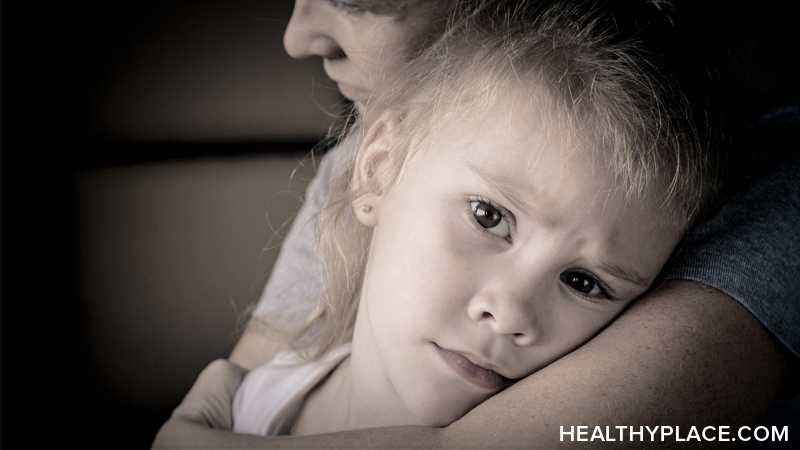What Is Reactive Attachment Disorder (RAD)?

Reactive attachment disorder (RAD) is a trauma disorder of infancy and childhood involving severe disruption of attachment (See also What is Disinhibited Social Engagement Disorder?). Attachment is a basic human necessity. It’s bonding to a primary caregiver that teaches infants that someone is there to provide comfort, security, and to meet his/her basic needs. Attachment leads to a sense of safety and trust that paves the way for the ability to experience love. In RAD, this important attachment doesn’t happen, and the consequences of RAD in children and teens are severe and long-lasting, often into adulthood (Reactive Attachment Disorder in Adults). In addition to the effects of RAD on children, reactive attachment disorder parenting can also be very challenging.
Reactive Attachment Disorder (RAD) Definition
When an infant or young child is diagnosed with RAD, it means that he/she hasn’t developed an attachment to an adult. The result is a child who, from infancy, is withdrawn and rarely turns to a caregiver for much-needed nurturance, protection, support, and comfort. A simple reactive attachment disorder definition is a “severe disturbance in social relatedness” (Seligman, 1998, p. 110); indeed, RAD has a negative impact on how someone perceives and interacts with the world.
Published by the American Psychiatric Association (2013), The Diagnostic and Statistical Manual of Mental Disorders, Fifth Edition (DSM-5) is the accepted authority on mental disorders. In its definition of RAD, the DSM-5 states that the following criteria must be present in order for a baby or young child to be diagnosed with reactive attachment disorder:
- A consistent pattern of emotionally withdrawn behavior toward caregivers
- Failure to seek comfort when distressed
- No response to comfort if/when provided
- Little social and emotional responses to others
- Limited display of positive emotions
- Irritability, sadness, or fearfulness around caregivers even when unwarranted
Cause of Reactive Attachment Disorder (RAD)
Reactive attachment disorder is classified in the DSM-5 as a trauma disorder. The trauma of severe social neglect and deprivation of physical and emotional needs causes RAD.
This trauma of neglect and deprivation equates to a lack of human connection. Bonding is essential for healthy social and emotional development, and it’s a process that typically occurs naturally between an infant and a caregiver as the caregiver meets the baby’s basic survival and emotional needs. This doesn’t happen in RAD. The cause of reactive attachment disorder is extreme neglect that teaches the infant that the world is unsafe and uncaring and that he/she can’t count on people.
Reactive attachment disorder is extremely rare. Even among the most severely neglected infants and children, less than 10% develop RAD. This had led researchers to wonder if RAD has other causes. Among the possibilities are biological traits such as inborn temperament or physical problems that could make someone more susceptible to developing RAD in the face of neglect. At this point, though, these remain ideas for further explanation. The official cause of RAD is the trauma of severe neglect.
Who Develops Reactive Attachment Disorder (RAD)?
According to the DSM-5, to be diagnosed with RAD, an infant or young child must have a developmental age of at least nine months and be younger than age five. To be sure, symptoms and consequences of RAD exist outside of that range. For a diagnosis, though, someone must be between nine months and five years.
Certain environmental factors increase the level of trauma and can make infants and young children more susceptible to developing RAD:
- A home in which the primary caregiver can’t care for the infant’s needs due to illness (physical or mental illness, including severe postpartum depression), lack of support, drug use, etc.
- Orphanages or hospitals
- Frequent changes in foster care settings
Resulting from the trauma of severe neglect, the lack of a sense of safety and trust leads to the social and emotional withdrawal of reactive attachment disorder. Left untreated, RAD can have life-long consequences (Reactive Attachment Disorder (RAD) Treatment).
APA Reference
Peterson, T.
(2021, December 29). What Is Reactive Attachment Disorder (RAD)?, HealthyPlace. Retrieved
on 2025, November 29 from https://www.healthyplace.com/ptsd-and-stress-disorders/reactive-attachment-disorder/what-is-reactive-attachment-disorder-rad


